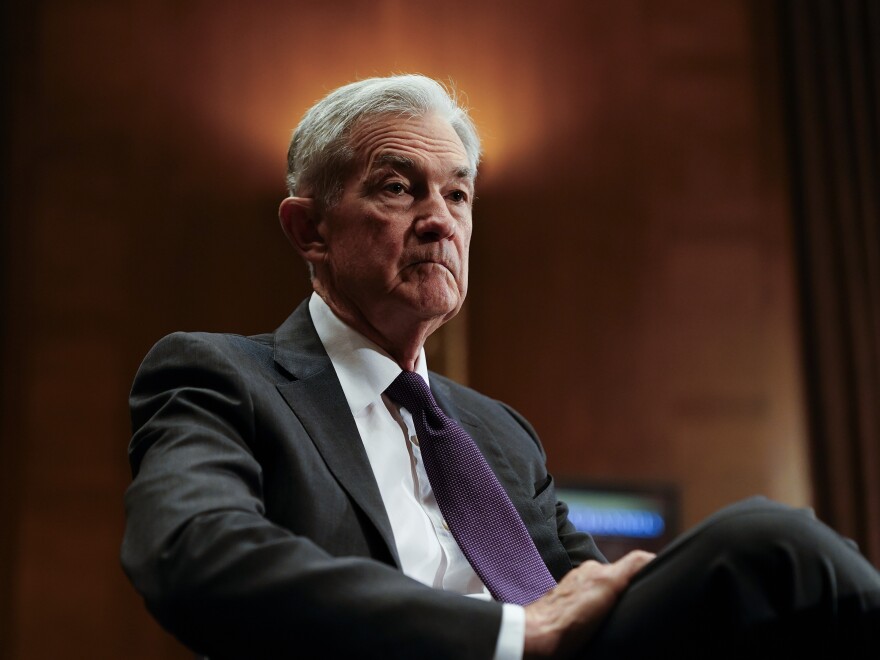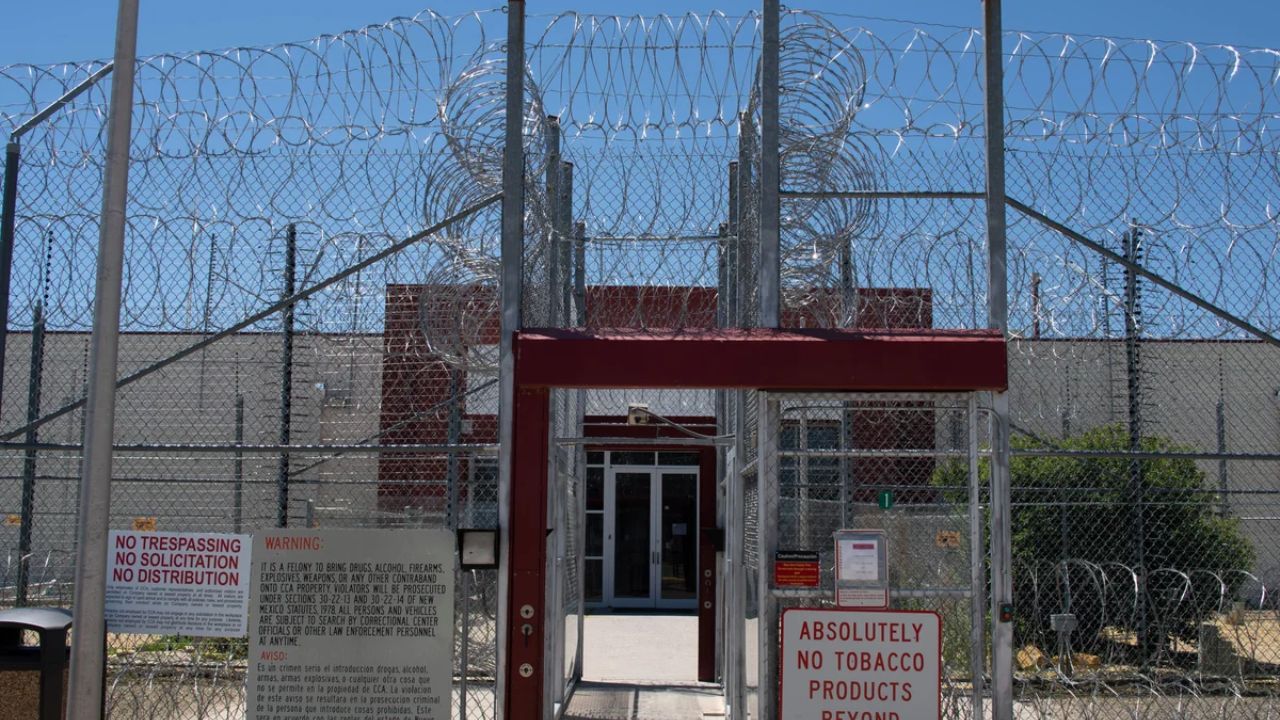In what will be his last speech as Fed chair, Federal Reserve Chairman Jerome Powell will address the high-profile, high-altitude meeting in Jackson Hole, Wyoming, on Friday.
The White House is putting increasing pressure on the central bank to cut interest rates, which coincides with the address.
Three and a half weeks prior to the Fed’s next rate-setting meeting, Powell will discuss the state of the economy. Additionally, he will discuss the central bank’s longer-term balancing act between combating unemployment and inflation.
Sponsored by the Federal Reserve Bank of Kansas City, the annual meeting offers central bankers and economists from around the globe the opportunity to discuss monetary policy, hike, and fish in a breathtaking location at the base of the Teton mountain range.
Hints on rate cuts
When the Fed holds its next policy meeting in September, investors will be watching for any hints Powell might give about a potential rate cut. However, they might be let down.
“I wouldn’t hold my breath waiting for Jay Powell to tip his hand on whether the Fed is going to cut rates,” says Joe Brusuelas, chief economist for the United States at RSM, a consulting and accounting business.
The Fed has maintained interest rate stability since December after lowering its benchmark rate by a full percentage point last year. Brusuelas believes it will be a close call, even though investors are betting the central bank will lower rates by a quarter percentage point in September.
“This is far closer to a coin flip than what’s being commonly acknowledged,” he asserts.
Since inflation is still far higher than the Fed’s target of 2%, many Fed members are concerned that President Trump’s tariffs may increase price pressure. Maintaining rates at their current level could serve as a safeguard against inflation.
However, there are indications that the labor market is deteriorating, which supports lower rates. Employers added fewer jobs in July than anticipated, and employment gains for May and June were virtually erased, according to the Labor Department’s most recent jobs report.
Powell may only state that he and his colleagues are leaving their options open because Fed policymakers will not have to decide on interest rates until they have received another month’s readings on inflation and jobs.
Long-term balancing act
Powell’s address will also cover the Fed’s recently completed five-year assessment of its long-term interest-rate policy.
The Fed has two responsibilities: promoting stable prices and maximum employment, in contrast to most central banks that exclusively concentrate on combating inflation. These two objectives occasionally necessitate a delicate balancing act because actions to increase job growth with lower interest rates may also result in higher prices, while measures to combat inflation with higher interest rates may damage the labor market.
Following its most recent long-term policy review in 2020, the central bank announced that, despite low unemployment, it would not raise interest rates in anticipation of inflation. The Fed stated that it would be willing to accept somewhat higher prices in order to maintain the job gains that had been seen in the years preceding the epidemic, particularly for individuals who frequently had difficulty finding work.
However, a decade of extremely low inflation preceded that study. After the agonizing price increases of the past few years, policymakers are probably going to take a different approach.
Sarah Binder, a senior researcher at the Brookings Institution who focuses on the Fed, said, “We’ve all now gone through and experienced what high inflation and high prices look like.” “That’s going to change how people think.”
The Fed’s new framework is probably going to place more emphasis on keeping prices steady and be more cautious about letting inflation rise above its two percent target.
Fed independence under attack
The Fed was created to be immune to political pressure since combating inflation frequently necessitates the Fed making unpopular decisions, such as raising interest rates. Now, a president who has been vocal in calling for lower rates is putting that independent decision-making authority to the test.
Trump has chastised Powell and other Fed officials for not reducing interest rates more quickly, and he has given Powell the mocking moniker “Too Late.”
He has also attacked the Fed for spending too much on the refurbishment of its headquarters. Additionally, Trump called for the resignation of Lisa Cook, another Fed governor, this week after Cook was accused of falsifying mortgage applications by a presidential loyalist.
“The central bank’s independence is under greater threat than any time during my lifetime,” adds Brusuelas.
Powell will step down as Fed chairman in May of next year. After a member of the Fed’s governing board resigned early this month, Trump will have the opportunity to select his successor and fill at least one further vacancy.
Powell has emphasized the importance of maintaining interest-rate policy free from political pressure, notwithstanding his attempts to avoid arguing with the president.
“Having an independent central bank has been an institutional arrangement that has served the public well,” Powell stated in October. “And as long as it serves the public well, it should continue and be respected.”
Brusuelas concurs.
“Inflation will be more than just 3-4% if you stop allowing the Fed to independently decide the policy rate. Inflation will be significantly higher, according to Brusuelas. “We are aware of who will be responsible for covering those transition expenses. The middle class is involved. The working class is involved. as well as the working poor.
Copyright 2025 NPR






